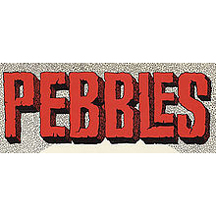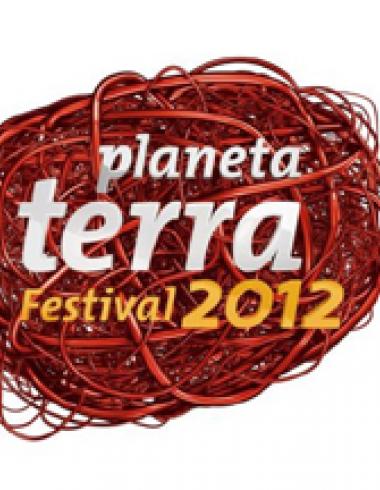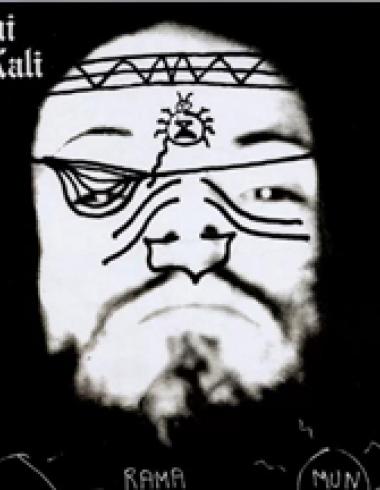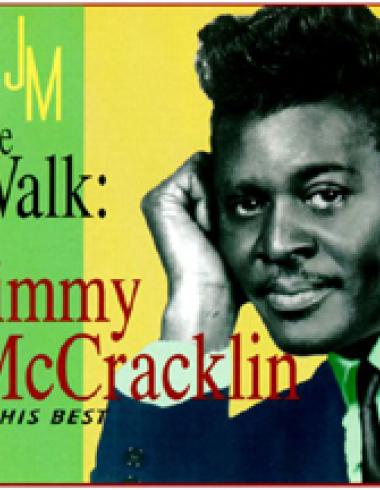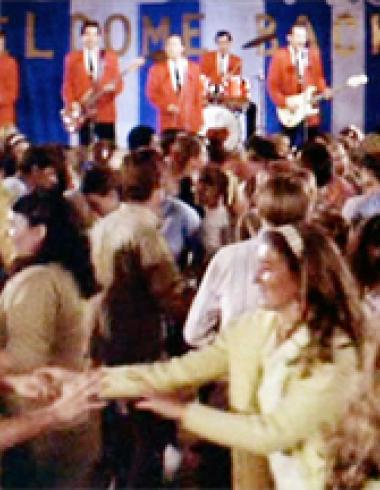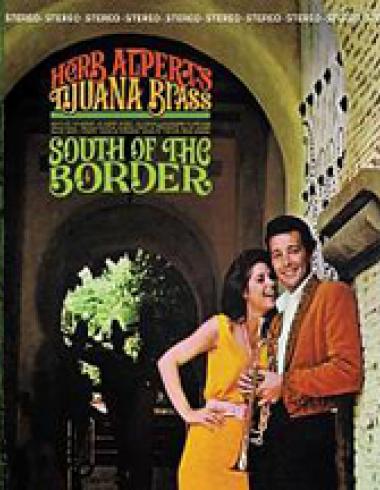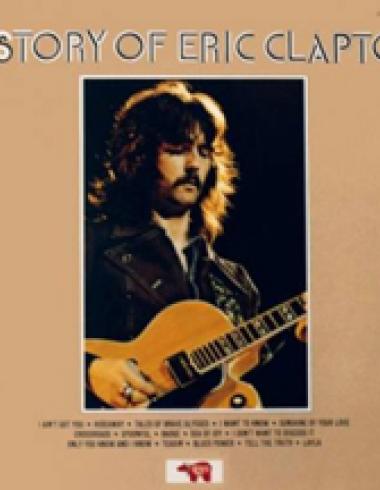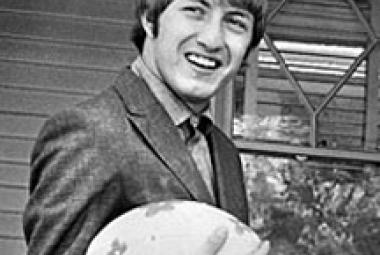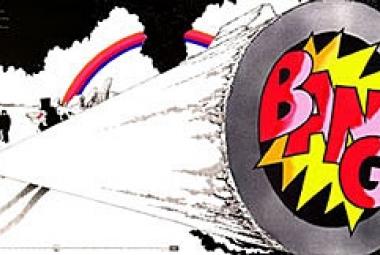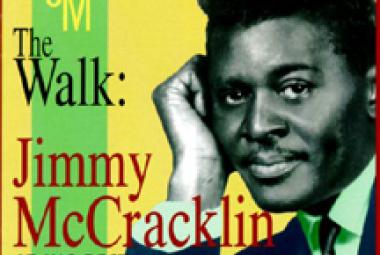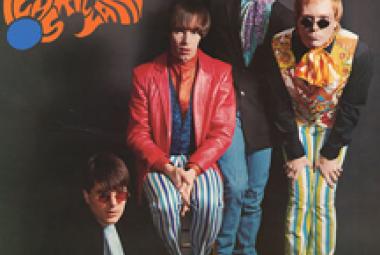Pebbles is an extensive series of compilation albums in both LP and CD formats that have been issued on several record labels, though mostly by AIP. Together with the companion Highs in the Mid-Sixties series, the Pebbles series made available over 800 obscure, mostly American “Original Punk Rock” songs recorded in the mid-1960s — primarily known today as the garage rock and psychedelic rock genres — that were previously known only to a handful of collectors. Including the Highs in the Mid-Sixties series, Best of Pebbles series, Essential Pebbles series, Planetary Pebbles series, and two box sets, more than 60 compilation albums have been released using the Pebbles name. (More from Wikipedia)
One fine day around 30 years ago, I came upon a copy of the 1980 comeback album by the Ugly Ducklings, Off the Wall. This was the first time that I had found a full album by one of the bands that was introduced to me by the Pebbles Series. I wasn’t sure that it was the same band until I checked my copy of the Pebbles, Volume 10 LP – one of the very first Pebbles albums that I acquired – and found a veiled reference to the album in the liner notes.
(April 2013)
* * *
I have collected most or all of the albums in several of the various series of garage rock and psychedelic rock compilation albums that Greg Shaw has released in the past few decades, including Pebbles, Rough Diamonds, Highs in the Mid-Sixties, English Freakbeat, and Electric Sugar Cube Flashbacks. Pebbles in particular is often cited as one of the chief inspirations behind the punk rock movement of the mid-1970’s – even more so than the better-known Nuggets album. Thus, even Greg Shaw’s historical albums have helped direct the future of rock music.
* * *
In my dealings over the years with the Bomp! Mailorder service, I have gotten to know Suzy Shaw. I was flattered that, in the advertising copy for some of the albums Bomp! was advertising, she was using some of the articles that I had written in Wikipedia on the Pebbles albums and on the Stiv Bators compilation album, L.A. L.A.; and I told her so once when I was making one of my many orders She wrote back that she had wondered who had done those great write-ups, and she even sent me an autographed copy of the Bomp 2 – Born in the Garage book in appreciation. We have swapped emails many times over the years.
* * *
I was born a couple of years later than Greg Shaw, so I turned 14 in 1965. By then, the Beatles and the Rolling Stones were old news; and while I was still paying attention, what was really grabbing me at the time were American artists and bands. First and foremost was “Like a Rolling Stone” by Bob Dylan; that song – plus the flip side “Gates of Eden” that was nearly as long and every bit as good – captivated me in a way that I just couldn’t keep quiet about. Other great folk-rock sounds of that period included the release of the cover of Dylan’s “Mr. Tambourine Man” by the Byrds and the revamped “The Sounds of Silence” by Simon and Garfunkel. Bob Dylan himself preferred the Byrds’ cover to his own recording of “Mr. Tambourine Man”; but in my usual contrarian way, I preferred Dylan’s original – it was a lot longer for one thing.
These songs were followed closely by the glorious sounds of garage rock and psychedelic rock that were then in their infancy. Songs like “Pushin’ Too Hard” by the Seeds, “We Ain’t Got Nothin’ Yet” by Blues Magoos, and “I Had Too Much to Dream (Last Night)” by the Electric Prunes really made an impression on me. It wasn’t until I picked up the Nuggets collection and then the numerous Pebbles albums that I plumbed the depths of this scene, but it was by no means brand new to me either.
Mouse and the Traps later backed a singer named Jimmy Rabbitt on a cover of “Psychotic Reaction”, a hit song recorded by Count Five. The song was released under the name Positively 13 O’Clock; this is a Bob Dylan reference as well: The band name was adapted from his hit song “Positively 4th Street”. Their version of “Psychotic Reaction” was included on the very first Pebbles album.
The only other band to be featured on the original Nuggets album and also on Pebbles, Volume 1 is the Shadows of Knight. The Nuggets song is their cover of a terrific Bo Diddley song, “Oh Yea”; while the Pebbles entry is a novelty song by the band called “Potato Chip” that was issued only on a flexi disc as part of some snack food promotion.
* * *
The Human Expression is another amazing psychedelic rock band; they are well known for “Love at Psychedelic Velocity” that was included on Pebbles, Volume 10, one of the first two Pebbles LP’s that I bought.
* * *
Actually, when I ordered the Starfires CD – the Cleveland band that is – I was hoping against hope that they would turn out to be the band called the Starfires who recorded one of my very favorite Pebbles tracks, “I Never Loved Her”. This 45 has brought up to $1,500 at auction.
* * *
I have been collecting Pebbles albums for around 30 years and have also purchased many, many other albums that have come out on Greg Shaw’s record labels: Bomp, Voxx, AIP, Total Energy, and Alive. There have also been several compilation albums that have collected highlights from Bomp! Records releases over the previous several years, and I have most of those as well. One of the most comprehensive is Destination: Bomp!, a two-CD set that is subtitled “The Best of Bomp! Records’ First 20 Years”. Bomp celebrates its 40th anniversary next year.
Among the many admirable traits of Bomp! Records releases is that you get your money’s worth. The Pebbles LP’s typically have 16 songs on them; to this day, it is common even for “greatest hits” CD’s to have just 9 or 10 songs. The Bomp CD’s are virtually filled to capacity as well: Destination: Bomp! has a remarkable 48 songs on its two CD’s.
(September 2013)
* * *
I certainly can’t compete with the description of Mona – The Carnivorous Circus provided by Dave Thompson for Allmusic, so I won’t even try: “Mick Farren convened a more-or-less all-star band from the same disreputable circles he’d always moved in. Carnivorous Circus was cut, the first essential album of the 1970s, and it’s still one of the most unrepentantly nasty, gratuitously ugly records ever made. Rock history loves to bandy those terms around, then apply them to this week’s most fashionable long-haired gnarly snarlies. And it’s true, the Pretty Things, MC5, the Pink Fairies, the Broughtons [Edgar Broughton Band], any of the myriad ’60s freakbeat bands captured on sundry Nuggets and Pebbles type collections, they’ve all dipped a toe into those malevolently murky waters. Some of them have even swum around a little. Carnivorous Circus goes the whole hog and then some, holding its breath and descending to the seabed. Now it owns a roadhouse and wrestles giant squid for fun.”
I first encountered the Fairies on the Pebbles, Volume 6 LP – evidently the only LP in the entire Pebbles series to feature British music – that was subtitled “The Roots of Mod”.
The music on the English Freakbeat Series is similar to what is on the Pebbles, Volume 6 LP that was mentioned earlier; indeed, when that album was reissued on CD in 1996, it was named English Freakbeat, Volume 6. The series collects songs from obscure British “beat” bands and Mod groups and comes from a somewhat earlier period (typically 1964 to 1966) than the American garage rock and psychedelic rock bands that are presented on the Pebbles series (typically 1965 to 1968). “Freakbeat” is a reference to the transition from the earlier beat band sound to a more psychedelic rock style of music.
(March 2014/2)
* * *
This CD by the Holy Ghost Reception Committee #9 reminds me of stock liner notes that appeared on several of the compilation albums in the Pebbles Series and in the Highs in the Mid-Sixties Series, which collected obscure 1960’s garage rock and psychedelic rock songs. The concluding paragraph applies to this music, in a slightly different connotation: “Truly, this was the pinnacle of rock & roll, and until something comes along that can match it, these obscure artifacts of a vanished golden age stand as a reminder of just how great innocence can be!”
(August 2014)
* * *
One of Kim Fowley’s best known songs is “The Trip”, the first single to be released under his own name; it was included in the soundtrack for the 2008 Guy Ritchie film RocknRolla. The song is included on the album that started the garage rock/psychedelic rock revival that began in the 1970’s and continues to this day, Pebbles, Volume 1. In his review of the Pebbles Series for Allmusic, Richie Unterberger comments: “Though 1972’s Nuggets compilation reawakened listeners to the sounds of mid-’60s garage rock, it only focused on the tip of the iceberg. Behind those forgotten hits and semi-hits lurked hundreds, if not thousands, of regional hits and flops from the same era, most even rawer and cruder. . . . More than any other factor, these compilations [in the Pebbles Series] were responsible for the resurgence of interest in garage rock, which remains high among collectors to this day.”
(January 2015/1)
* * *
(Year 5 Review)
